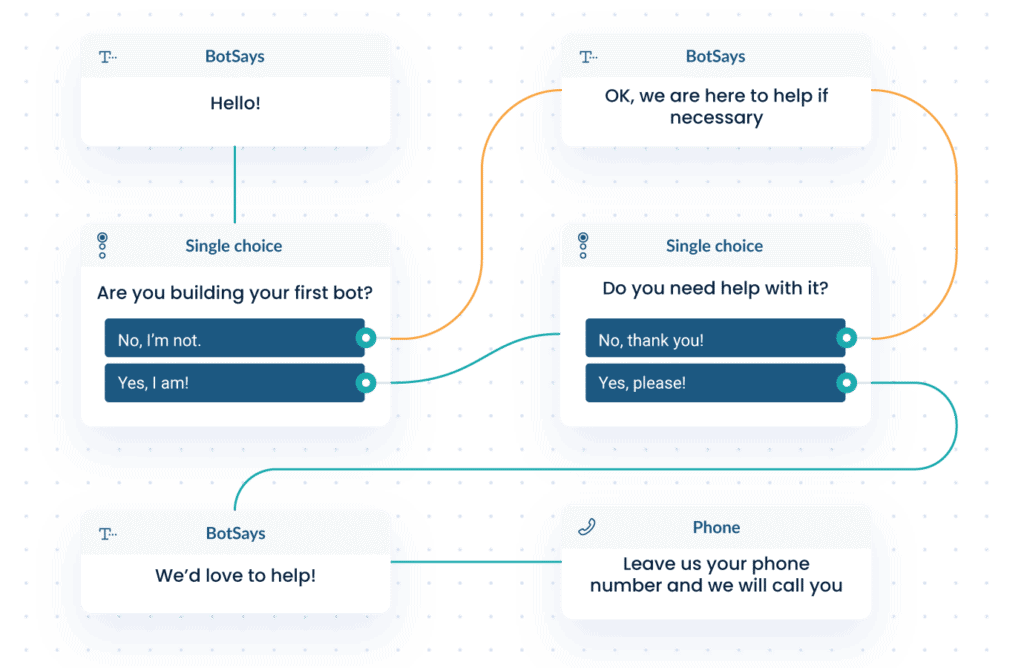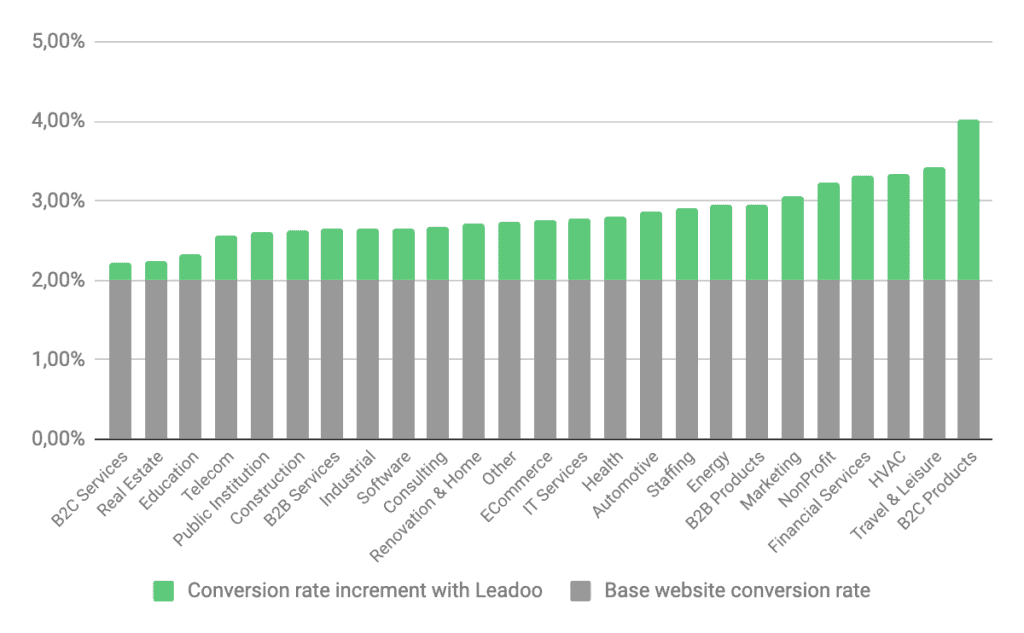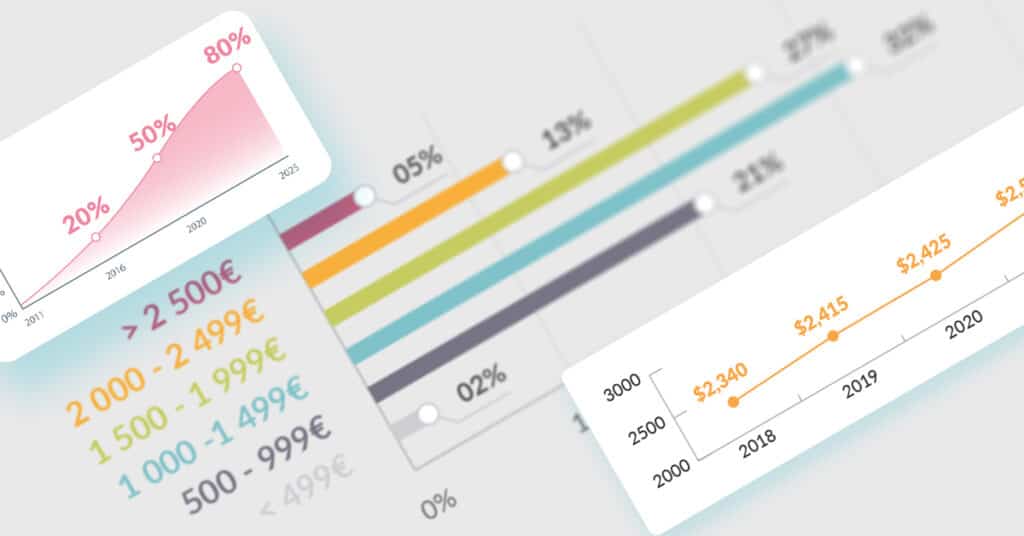Content is king. The cliche that we as marketers are quite used to hearing by now. We’ve invested heavily into content marketing, as many companies have, and yet the rewards of those efforts are not as great as we’d hoped. It’s a scenario many find themselves in – being seemingly unable to drive conversions using content marketing – and that’s because their current strategy needs a few tweaks.
Content marketing is the process of creating and distributing valuable, relevant, and consistent content to attract and retain a clearly defined audience – creating content that helps attract buyers and piques their interest in your products in a more covert way; gently, and nurturing. Content marketing gives your brand authority within your space, helps with your SEO efforts, and allows you to target each of your buyer personas with the content most appropriate for them, leading to them spending more time on your site and giving you lots of information about their intent (which you can act upon later).
Conversion rate fundamentals
It’s probably a good idea to cover some of the conversion basics before we launch into how content marketing can help improve your conversion rate. If you’re a seasoned marketer and don’t need a reminder, you could remind yourself of the conversion rate benchmarks for your industry, or skip to the meat of the article below 👇
Conversion
A conversion is any desired action a visitor takes on your website, and these can be split into hard and soft conversions. Hard conversions are the final click of the button when a customer requests a demo or discovery, or checks out their basket in a B2C situation. These are the actions that directly contribute to revenue and so are important. But soft conversions can be just as vital – these are smaller actions customers take on your site, such as downloading a guide or subscribing to a newsletter. Whilst these actions don’t link immediately to revenue, they do give us an insight of customer intent (and therefore potential revenue in the future). Focusing on soft conversions too provides us with the opportunity to understand, and be able to nurture, our prospects and encourage them towards making that final purchasing decision no matter where they are in the buying funnel.
Conversion Rate
The conversion rate of your site can be calculated using a simple equation, but is also available for you to see on Google Analytics (or some other analytics platforms, like Leadoo). Your conversion rate tells you what percentage of visitors are converting into leads on your website. It’s calculated using the following formula:

Or, if you’re like us and you like it when technology does things for you, you can use our free Conversion Rate Calculator to work your conversion rate out.
Conversion Rate Optimisation
This simply means taking action to improve your conversion rate. There are many things you can do to optimise for conversion, and we’ll be looking at some ways that you can optimise your conversions by optimising the content on your site.
What does the buyer's journey look like?
Most marketers are familiar with the AIDA model, or some variation of it. The model exists to describe the buyer’s journey, and the phases they go through when they are considering purchasing a product or service. The model works as follows:
Attention (also known as awareness): If a prospect is in the awareness phase, then this is where you’re aiming to provide awareness of your company, brand, products, and the value you can offer. At this stage, you are looking to grab the attention of your prospects in a positive way. This could be through meeting some charming members of your team at an event, or through informative and helpful content on your blog. The theme of the day is demonstrating high value to them, delivered concisely.
Interest: When a prospect is in the interest phase, your job is to convince them that they have a potential need for your product or service – ideally to the point that they’re ready to do more research into the product. This is again a critical point in their journey to explain the value you can bring to your prospect, as often they’ll be researching and comparing with competitors. At this stage, you’re looking to garner their interest so that they want to learn more. This could be via content on your website such as industry and business relevant case studies that resonate with your prospects and evidence the value your solution can bring.
Desire: You’ve successfully grabbed their attention, and piqued their interest so they’re looking for more. Now your job is to make them want your product, to think of nothing but your product… Ok, maybe that’s a bit far (although it would make the next step a little bit easier if that’s how they felt). This is the point where they’re starting to seriously consider the product, and so you want to provide materials such as competitor comparison whitepapers, success stories and case studies, as well as pricing and FAQ information.
Action: Action is the phase where you’ve finally convinced them with enough evidence that they should take action to buy the product or service you’re offering.
During each phase of the buyer’s journey, prospective buyers have different wants and needs for the types of content they’d like to see relating to their level of intent. This is something that businesses often get wrong, but if you want to drive conversions then you need to do that during all stages of the process, and not just at the end.

The type of content your buyers are selecting to read or engage with as they move through their journey also makes a difference in determining their intent – we refer to these as soft conversions (for example, a prospect downloads a guide or signs up to your newsletter). They’re not final conversions linked directly to revenue generation, but they do give us an insight into each visitor’s wants, needs and position in the buying funnel.
We can even take the information gleaned from our content creation and customer engagement to further improve the offer we provide and come closer to meeting customer needs. Let’s say you realise that customers who tend to visit Page A, also tend to immediately visit Page B. This could mean a few things;
- Page A doesn’t provide enough information
- Page A doesn’t have a Call to Action (CTA)
- Page B provides one/both of these
A simple fix would be to look at the time spent on each page and what was interacted with to work out what people are seeking on Page B, then look to move some or all of this over to Page A – shortening the time it takes your average visitor to convert.
We’ll take a dive into how you can optimise your content marketing efforts for conversions using 3 easy steps.
How to drive conversions using content marketing: 3 easy ways
1. Create content for each stage of the funnel
Every customer that visits your website isn’t ready to convert there and then; 96% of people who visit your site, on average, aren’t. Only 2% on average actually convert. So your job, on top of trying to increase the number of hard conversions you get, is also to focus on the vast majority – the people who aren’t at the bottom of the funnel quite yet.
This means you need to create content that speaks to the prospect at each stage of the journey. You wouldn’t, for example, publish a white paper text in its entirety as an advert. Not only because logistically – and visually – it would be a mess, but because someone you’re targeting with an advert has a different level of intent to someone who would be willing to take the time to read a white paper. With an advert, you’re tailoring your message to those in the Attention (and potentially even Interest) phase of the buyer’s journey – providing them with the facts that will make them look for more.
With a white paper, you’re looking to provide detailed, analytical information which often provides a formal comparison or explicit value offering.
Your content should have the same consideration given to it – who is going to see this content? What are they likely to be looking to get out of this content? How am I going to make them want more or take the action I want them to take?
2. Make the most of every conversion opportunity: Call to Action
One of the first issues our Conversion Experts tend to identify regularly across many clients who we work with in their initial phases is that they usually aren’t using their Call to Actions effectively. They have poor placement, bad phrasing, or a lack of CTAs all together. There isn’t a correct answer for what works perfectly for your customers, so much of this optimisation relies on A/B testing different phrasing and button placement/visuals to find the most optimal CTAs for your customers.
In addition, many clients also simply don’t have CTAs (instead offering a contact form only – or perhaps worse, just a telephone number or email address), or don’t have enough of them. Placing CTAs isn’t an exact science, as mentioned above, but having them on the page in the first place is an excellent place to start. They should be located in places that make sense for the journey each customer goes through – for example, after a paragraph of important information has been given that might help a customer decide they’d like to get in touch or to be able to arrange a demo.
Within longer form content pieces, you should look to provide a CTA at least at the end of the article. You can also provide links throughout to other pieces of your own (or external) content, to signpost the reader to other articles which they might find useful and to push them down the funnel and closer to converting.
3. Provide a personalised experience with content - seamlessly in context
Personalised experiences are the gold standard of our time, and so it’s important that any content you’re providing is not only tailored to the visitor’s location in the funnel, but also to their interests and needs. This be achieved by creating more dynamic CTAs through carefully crafted bot conversations – through a single bot you can offer for the visitor to read more, and signpost them to other relevant articles, book a demo, find answers to FAQs and more, all in one place to meet needs of customers at the different stages of the funnel.
In addition, by using high-quality bots, such as the Leadoo InpageBot, you can embed a contextual conversation straight into the content you’re working with. For example, if your visitor is looking at your pricing page, then the bot on that page will only discuss pricing packages and topics you deem relevant to this with that visitor. The same approach can be taken across the whole site, ensuring customers receive valuable help and guidance alongside the content itself that is always in context and in tune with the customers’ needs.

By placing Leadoo bots, this also allows you to understand a prospect’s position within the buyers’ funnel and analyse their intent through conversation-level analytics, as to well as the support of our Conversion Experts – here to continuously optimise your bots to meet the needs of the visitors coming to your site.
Key Takeaway: CRO and UX go hand in hand
Content marketing can be easily utilised to help optimise your site for conversion by providing a seamless experience for every visitor – no matter their intent or stage in the funnel. By focusing on soft conversions and accommodating for these, you can ensure your content speaks to more visitors on your site, and increases the number of conversions along the way.


